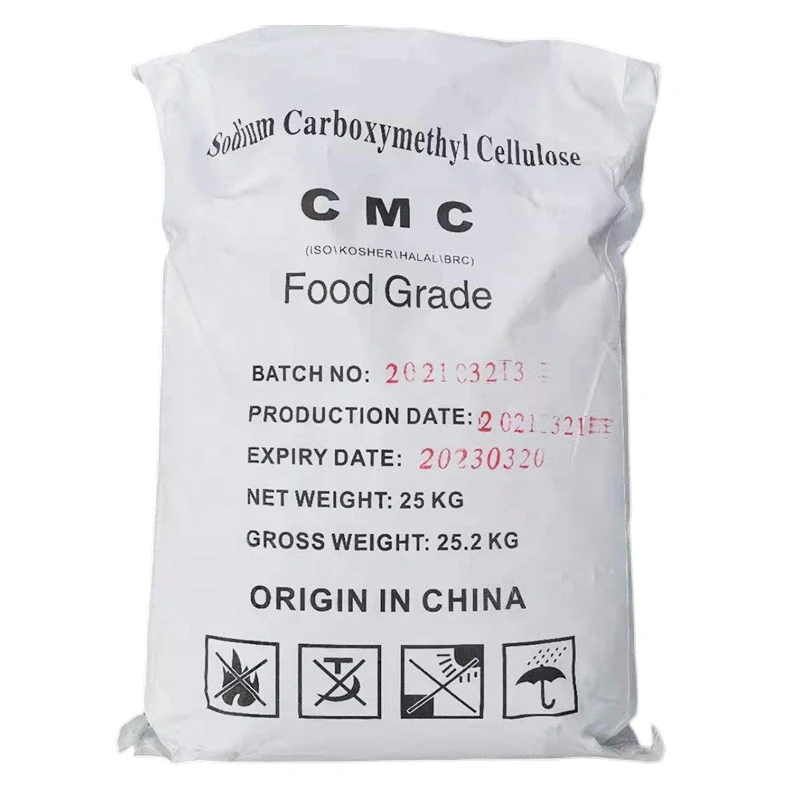



cationic polyacrylamide structure
Understanding the Structure of Cationic Polyacrylamide
Cationic polyacrylamide (CPAM) is a synthetic polymer that plays a pivotal role in various industrial applications, ranging from water treatment to papermaking and even in the agriculture sector. Its unique properties stem from its molecular structure, which significantly influences its behavior and efficacy in different environments. This article will delve into the structure of cationic polyacrylamide, its synthesis, and applications, shedding light on why it is such an essential material.
The Basic Structure of Cationic Polyacrylamide
The fundamental building block of cationic polyacrylamide is the acrylamide monomer, which features an amide group attached to a vinyl group. When these monomers are polymerized, they form long chains of polyacrylamide. The term cationic refers to the presence of positively charged functional groups within the polymer chain. These charges are typically introduced through the use of cationic co-monomers, such as diallyldimethylammonium chloride (DADMAC) or others, during the polymerization process.
The degree of cationic charge within the polymer can vary widely depending on the proportion of cationic monomers used during synthesis. This charge density affects the polymer's ability to interact with negatively charged species, making it particularly effective in various applications where such interactions are necessary.
Synthesis of Cationic Polyacrylamide
The synthesis of cationic polyacrylamide generally involves free-radical polymerization. In this process, acrylamide and a cationic co-monomer are mixed in a solvent, typically water, and then exposed to a free-radical initiator. This initiator facilitates the polymerization reaction, leading to the formation of long-chain polymers.
The resulting CPAM can differ dramatically in molecular weight and charge density, which are formulated to meet specific application needs. For instance, lower molecular weight CPAMs are often used in water treatment processes where rapid flocculation is required, while higher molecular weight variants may be employed in applications such as drag reduction in oil pipelines.
cationic polyacrylamide structure

Applications of Cationic Polyacrylamide
Cationic polyacrylamide's structure – characterized by its long chains and positive charge – equips it with a range of functional properties suitable for numerous applications.
1. Water Treatment One of the most significant uses of CPAM is in the treatment of wastewater. The positively charged groups enable it to interact effectively with anionic contaminants, allowing the aggregation of particles and improving the efficiency of sedimentation. This property is crucial in municipal wastewater treatment as well as industrial effluent management.
2. Papermaking In the papermaking industry, CPAM is utilized as a retention agent, ensuring that fine particles and fillers remain in the paper matrix during production. This not only enhances the quality of the paper but also minimizes waste.
3. Agriculture In agriculture, cationic polyacrylamide is also used to improve soil conditioning. It acts as a soil stabilizer, helps in reducing erosion, and enhances water retention in sandy soils, thereby promoting crop yield.
4. Cosmetics and Personal Care The thickening and stabilizing properties of CPAM find applications in various cosmetic formulations, providing the desired texture and consistency in products like lotions and creams.
Conclusion
Cationic polyacrylamide is a remarkable synthetic polymer characterized by its unique structural attributes. The combination of long polymer chains and positively charged functional groups endows it with versatile properties, making it effective in diverse fields such as water treatment, papermaking, agriculture, and cosmetics. As ongoing research continues to explore new applications and improvements in its synthesis, cationic polyacrylamide is poised to maintain its significance in both industrial and scientific realms. Understanding its structure is essential for optimizing its use and expanding its applications to tackle emerging challenges in various sectors.
-
Why Sodium Persulfate Is Everywhere NowNewsJul.07,2025
-
Why Polyacrylamide Is in High DemandNewsJul.07,2025
-
Understanding Paint Chemicals and Their ApplicationsNewsJul.07,2025
-
Smart Use Of Mining ChemicalsNewsJul.07,2025
-
Practical Uses of Potassium MonopersulfateNewsJul.07,2025
-
Agrochemicals In Real FarmingNewsJul.07,2025
-
Sodium Chlorite Hot UsesNewsJul.01,2025










